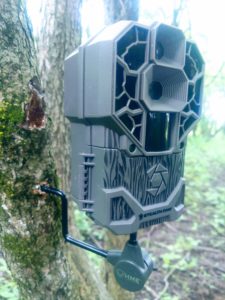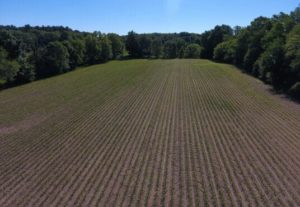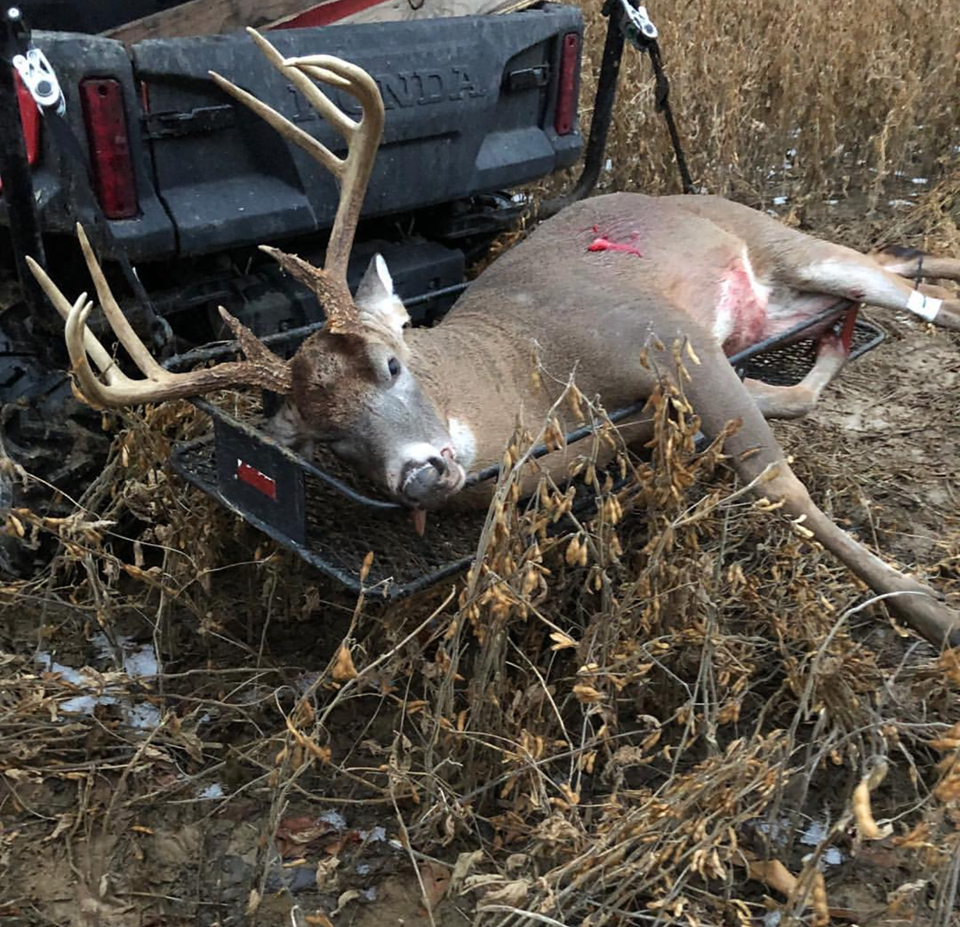No matter the time of year, your success will be dependent on how well you follow the ever-changing whitetail food sources, and apply it to trail camera setups and late-evening scouting trips.
Perfectly placed trail cameras can be your most valuable resource for scouting and monitoring buck movements the entire season. The information that your camera relays back to you is precious and sometimes exclusive if you have done your homework.

June is the perfect month to see what is planted in agricultural fields and what food sources are going to be changing, and apply that to trail camera sets. Freshly planted bean fields and corn fields will be marked for the end-of-the-month camera shifts. Focusing primarily on alfalfa, clover, and winter wheat fields are some good starting agricultural food sources, but don’t forget about lush browse in hedgerows along fields or wild strawberries or raspberries, which will begin ripening at the end of the month.

After rotating your cameras through different food sources, you should have pictures of most of the bucks using the property. You can now slowly shift some of your cameras to the next food source and let them roll for at least 3 weeks before checking. Make sure you hang your cameras facing either north or south; this way you won’t have a glare from the rising/setting sun obstructing your pictures. Also if you’re hanging a camera on a trail, be sure to set it off the main path about 10 yards or so and try to have it facing on the trailhead. This way it will give the camera more time to trigger as the deer approaches.
The more you can learn about whitetails and their behavior shifts and different food preferences, the easier it will be to cut your scouting in half with perfect trail camera setups and valuable scouting trips. Document trail camera captures and scouting encounters on a map of individual bucks you are interested in and soon you will begin to see the way they use the area.



















![The Best Deer Camp Chili [VIDEO] Deer Chili Ingredients, Tomatoes, Chili Spices](/wp-content/uploads/2015/10/Deer-Chili-Deer-Camp-Recipe-218x150.jpg)
![How to Call Elk Early in the Season [VIDEO]](/wp-content/uploads/2016/08/byers003-218x150.jpg)




![Idiots Disturb Hunter: How Would You Have Handled It? [VIDEO]](/wp-content/uploads/2015/10/DSC00110-e1474487693878-100x70.jpg)
![Albino Buck Shocked to Shed His Antlers [VIDEO]](/wp-content/uploads/2015/10/AlbinoDeer-100x70.jpg)